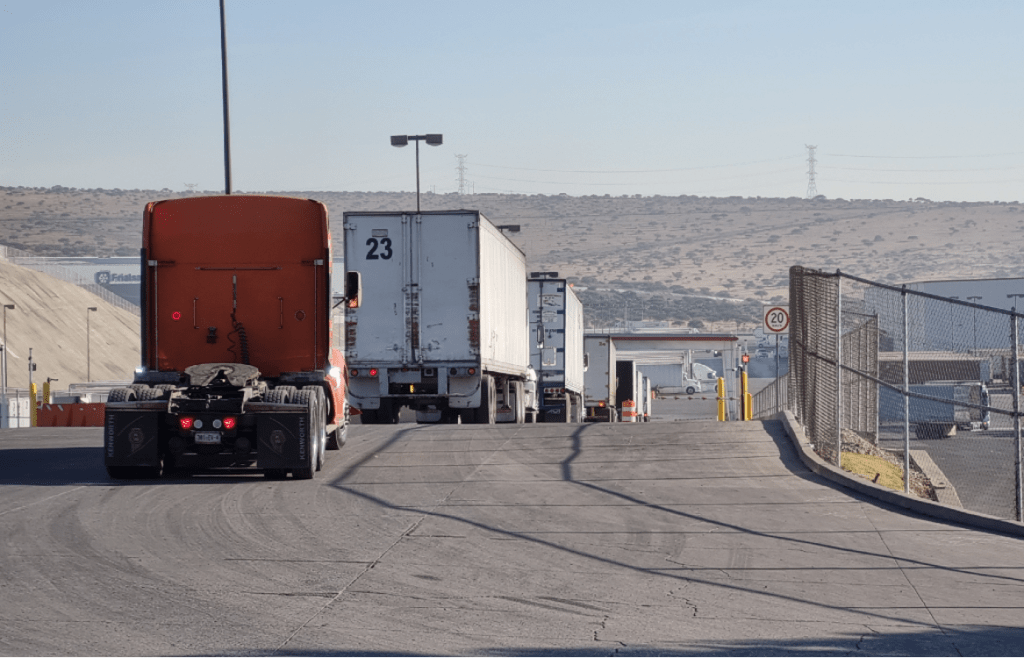
At the end of 2023, 43,010 freight motor transport units were registered in the State of Mexico , that is, it accumulated 6.4% of the national total or the fourth entity with the largest fleet.
By type of fuel, the entity’s fleet was divided as follows: 37,494 diesel units, 5,366 gasoline, 112 gas and 38 correspond to gas-gasoline, according to the Basic Statistics of Federal Motor Transportation .
Given this reality and in order to contribute to the modernization of the fleet in the entity, as well as improve the mobility of cargo transportation , the Transportation Institute of the State of Mexico is working on the development of a diagnosis in which they are identifying industrial parks and areas that need better connectivity for the distribution of goods.https://translate.google.com/website?
“We have to define where we are to define clear strategies and actions towards where we want to go and set realistic goals to achieve it. Based on this study, we will be able to promote, for example, logistics corridors that already have charging points to begin introducing electric vehicles, because this is one of the most important issues to make the transition. Although today we consider that it can initially occur in last-mile distribution units,” Adriana Guzmán, deputy director of Planning and Gender Equality at the Transportation Institute of the State of Mexico, explained in an interview for T21.
Guzmán explained that, after the new government took office in the State of Mexico last year, the institute is outlining the technical standards that can regulate cargo transportation . To date, they are working on updating the technical standard in which the specifications that charging units must have to circulate in certain areas will be defined.
“We have to put a lot of focus on last-mile distribution, because currently there is no regulation for parcel and courier companies, in order to have integrated mobility,” said the spokesperson.
One of the biggest problems is that free passage to freight transport in congested areas cannot continue to be given, according to the first conclusions of the diagnosis carried out by the institute.
“The task is to define which roads can be built or which others can be improved so that they become functional industrial corridors and avoid driving on conflicting roads. We have to look for alternatives to redirect cargo transportation, because it is an urgent need because the State of Mexico is in a privileged area at the distribution level,” said Guzmán.
This plan would facilitate entry to distribution centers (cedis), reduce travel times and prevent units from being stopped in traffic . To achieve this, the institute evaluates different financial models that help solve the problem.
“We are looking for various sources of financing to make this a reality,” said Guzmán.














